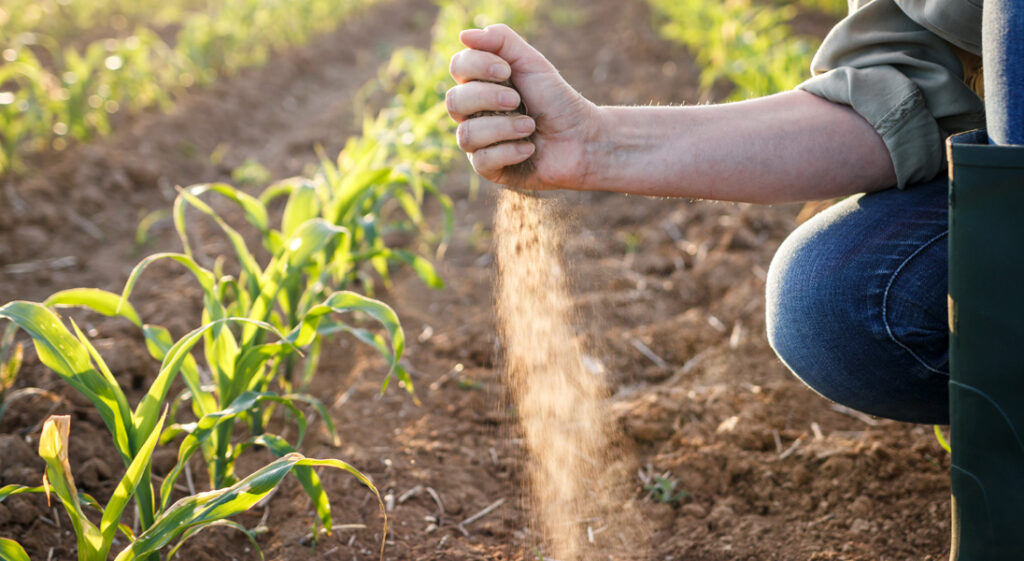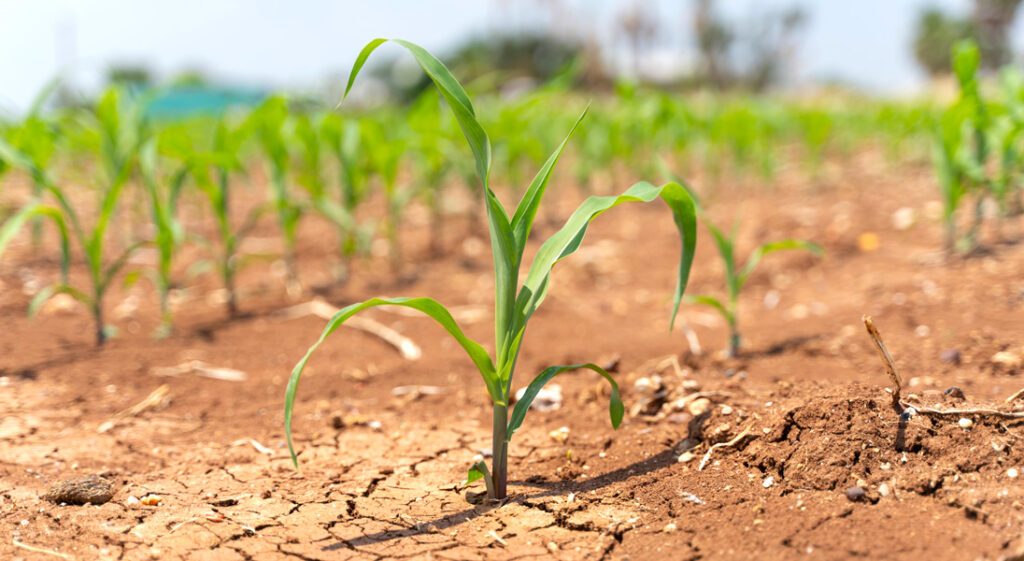Richard Salvage and Colin Fleming
School of Biological Sciences, Queen’s University of Belfast, 19 Chlorine Gardens, Belfast BT9 5DL, UK
and
Maxstim. Elm House, Tanshire Park, Elstead, Surrey GU8 6LB
Turfgrasses have mechanisms to withstand biotic and abiotic stress
Like all plants, turfgrasses have evolved ways to help them tolerate and survive the wide range of stresses that can limit their growth. These stresses include attack by fungi, bacteria, viruses, insects and nematodes (biotic factors). Plants also have adaptations which help them to counter environmental stresses such as heat, cold, drought, waterlogging and high salinity (abiotic factors).
The source of a plant’s ability to minimise damage by such a wide range of biotic and abiotic factors is found in its DNA. Located inside the plant cells, chromosomes contain tens of thousands of genes which carry the genetic codes for manufacturing proteins (e.g. enzymes and the structural proteins used to build the various parts of the plant) and small RNA molecules which help control the complex genetic/metabolic processes required for normal plant functions. In a healthy plant, multiple interconnected biochemical pathways respond to internal and external signals to ensure that the plant can carry out normal processes such as germination, root and shoot growth, photosynthesis, respiration and seed production. Many of these pathways also regulate plant defence against pests, pathogens and abiotic stresses. Plant scientists have been investigating how plants use these biochemical pathways to minimise stress damage and they have also identified hundreds of plant chemicals involved in stress resistance.
How do plants protect themselves?
Plants use physical and chemical barriers to prevent pathogen entry and infection. There are also a wide variety of inducible defence mechanisms that are triggered upon pathogen or abiotic stress detection. These inducible defences include molecular, biochemical, and morphological changes, oxidative burst, expression of defence-related genes, production of antimicrobial compounds, and targeted cell death which localises infection sites preventing disease spread.
Major components of the regulatory networks controlling plant defence include intra cellular signalling and plant hormones. Recent genetic studies have demonstrated that these systems are involved in both abiotic and biotic stress responses, indicating convergence of the pathways and the existence of a general stress response in plants. This is confirmed by the many examples of abiotic stress (e.g. salinity and drought) increasing plant susceptibility to subsequent disease. Similarly, plant responses to abiotic stress can be influenced by previous pathogen infection, which has been shown to reduce photosynthesis and water use efficiency and induce abnormal stomata opening patterns, all of these being critical for plant tolerance to abiotic stress.
Plant hormone pathways are key among these defence systems and include auxins, gibberellins (GA), abscisic acid (ABA), cytokinins (CK), salicylic acid (SA), ethylene (ET), jasmonic acid (JA), brassinosteroids (BR) and peptide hormones.
SA, JA and ET, have roles in regulating plant defence responses against pathogens and pests as well as abiotic stresses. In particular, SA plays a crucial role in plant defence and is generally involved in the activation of defence responses against biotrophic pathogens (e.g. rusts which don’t normally kill the plant, but feed on living tissue). JA and ET are usually associated with defence against herbivorous insects and necrotrophic pathogens such as dollar spot (Sclerotinia) which cause extensive plant tissue death to access nutrients. While SA and JA/ET defence pathways are often mutually antagonistic, there is also evidence of synergy between SA and JA/ET.
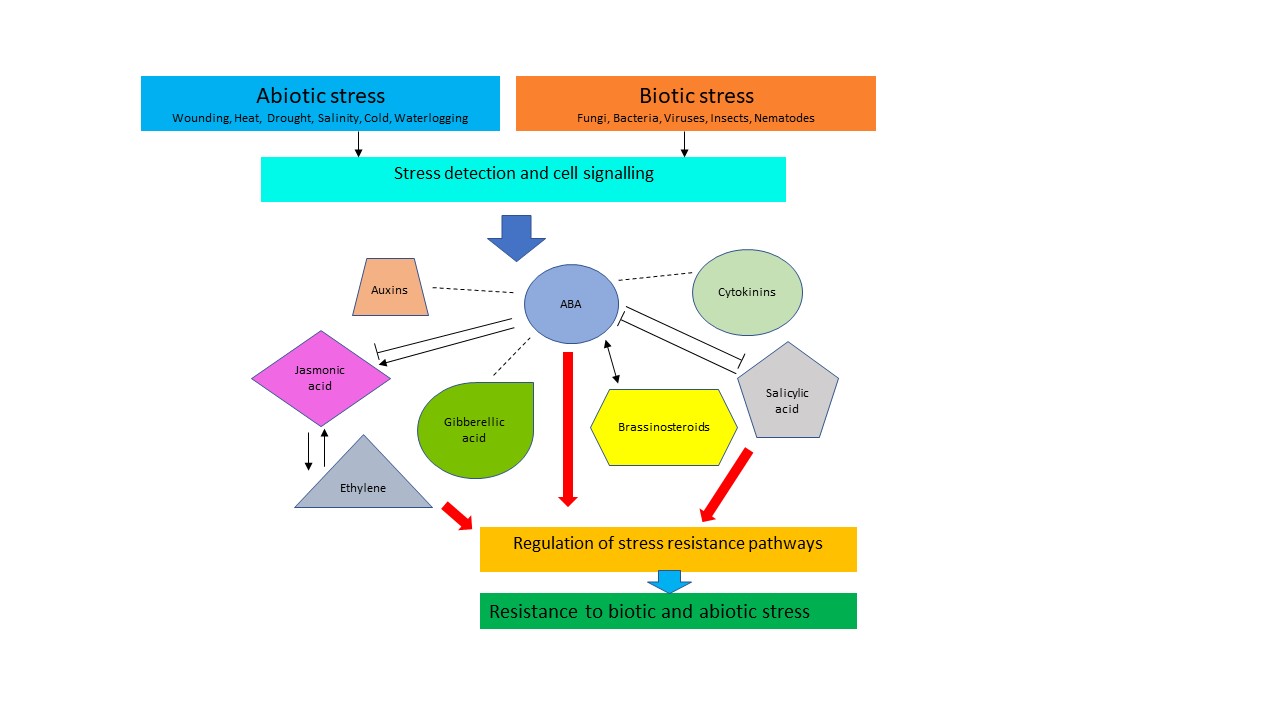
Figure 1. Role of plant hormones in managing biotic and abiotic stress.
What is clear from recent research is that normal plant metabolism is disrupted by biotic or abiotic stress leading to significant effects on all aspects of plant growth. In the case of many pests and pathogens it has also been demonstrated that they can actively interfere with plant defence systems to facilitate their attack and infection.
Biostimulants can help manage pests, diseases and abiotic stress
Turf managers are currently faced with the “perfect storm” of increased pest and disease issues, more frequent occurrences of extreme weather (both often resulting from climate change) and restrictions in the use of plant protection products. Following major advances in the development of effective biostimulants for agriculture and horticulture, increasingly our industry is turning to these products for solutions to these problems.
In Europe, biostimulants have been defined as ‘materials containing substance(s) and/or microorganisms whose function, when applied to plants or the rhizosphere, is to stimulate natural processes to enhance/benefit nutrient uptake, nutrient efficiency, tolerance to abiotic stress and crop quality.’ There are currently discussions on extending this definition to include the stimulation of plant tolerance to pest and pathogen attack. Regardless of these considerations, a range of materials can act as biostimulants (Table 1). Over 85% of the commercially available products are from three basic sources; peat, amino acids and seaweed and they tend to be single source or single component solutions to very complex plant x stress interactions.
Table 1: Major groups of biostimulants and some of their effects on plants

Different biostimulants induce distinct plant responses, consequently new and innovative formulations have been developed incorporating a combination of bioactives which deliver multiple stimuli to the plant, improving growth and enhancing protection from an ever-increasing range of stressors (Plates 1 and 2).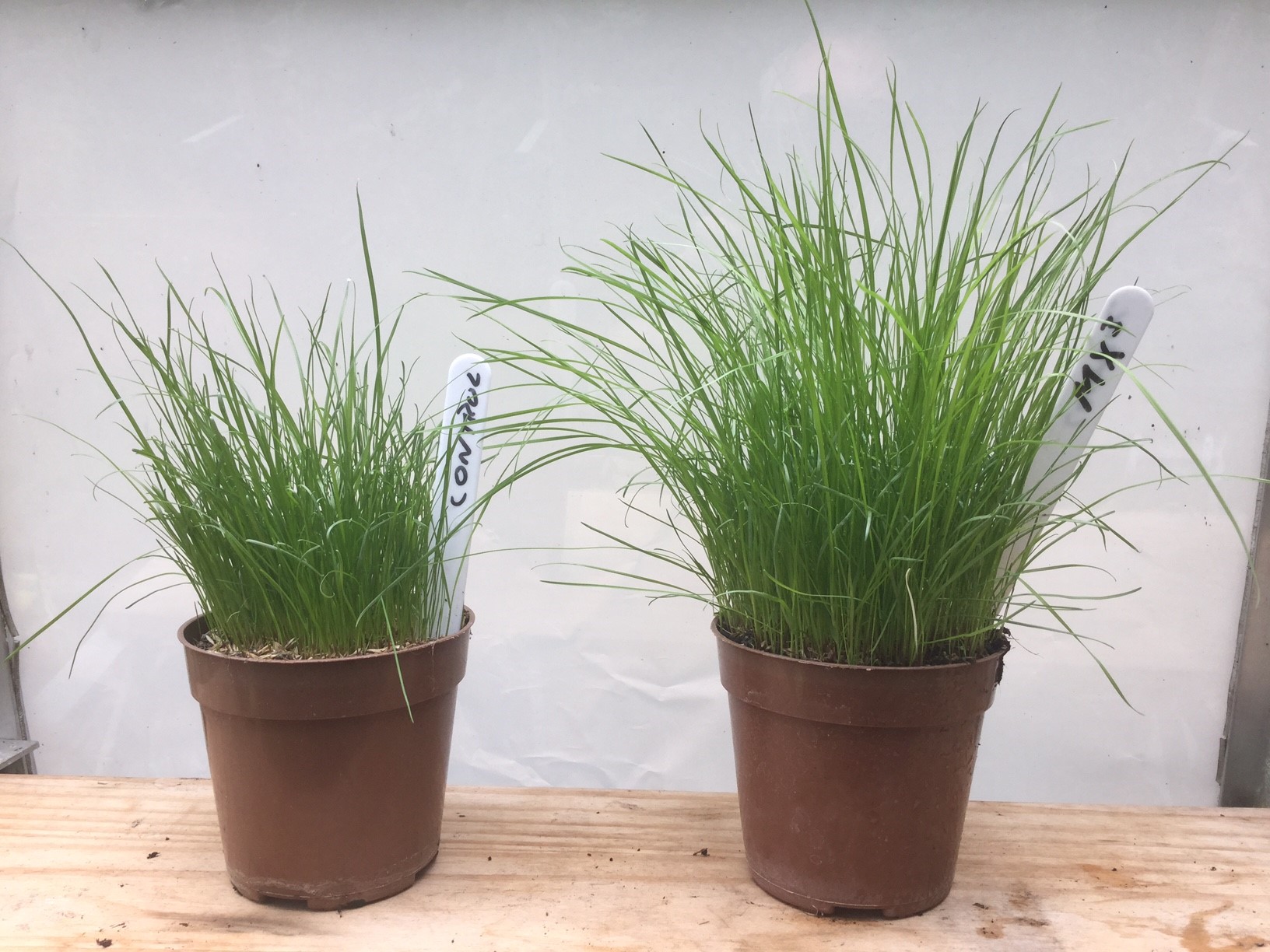
Plate 1: Enhanced germination and growth in ryegrass turfgrass sprayed with a blend of biostimulants (Maxstim). (Untreated plants on the left, treated plants on the right)
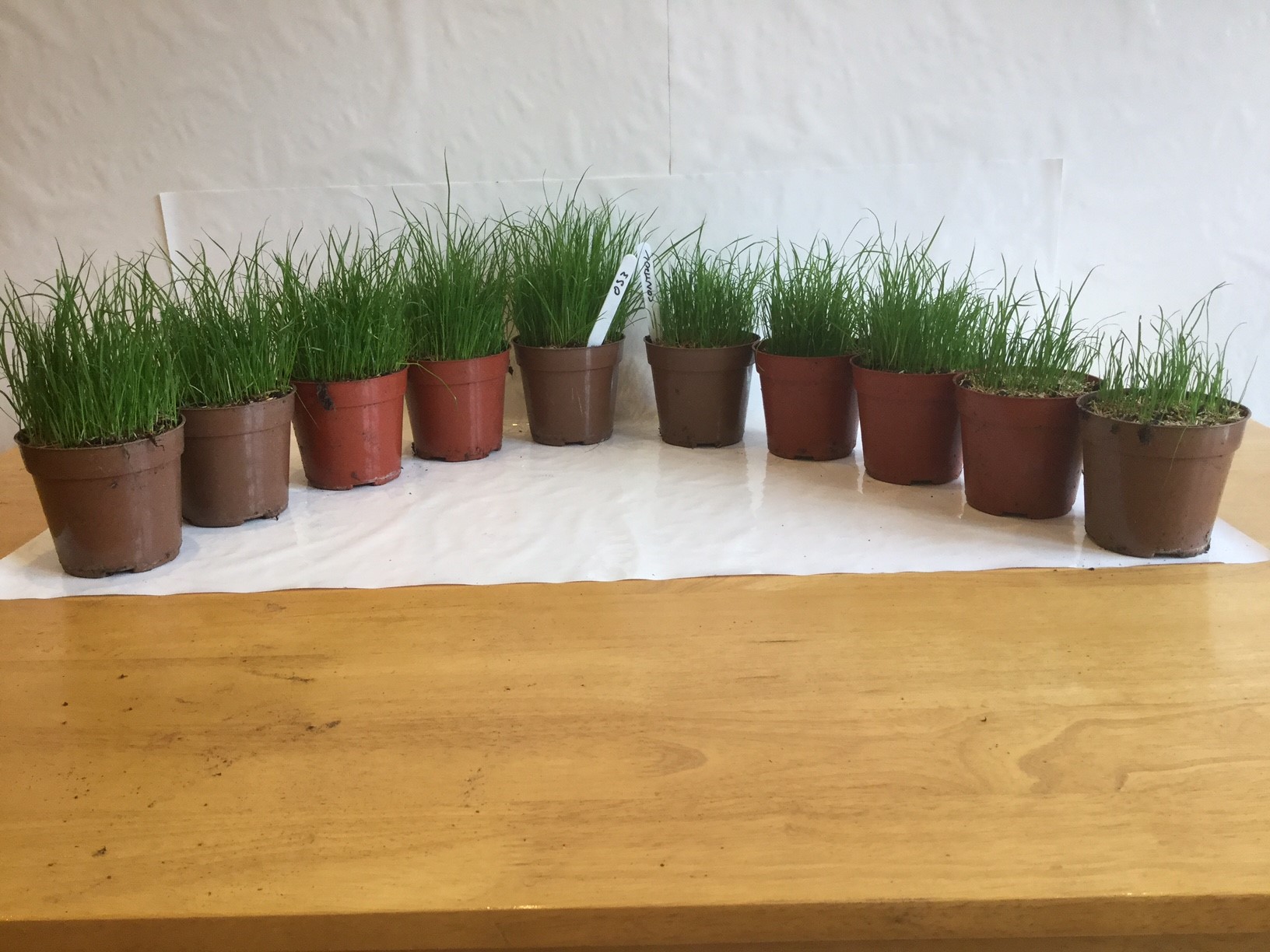
Plate 2: Enhanced germination and growth in ryegrass turfgrass sprayed with silicon biostimulant (Cynosa). (Untreated plants on the right, treated plants on the left)
Priming turf for stress tolerance
Perhaps one of the most significant discoveries regarding biostimulants is their ability to predispose plants to deal more effectively with a future stress. Analogous to immunization, it has been demonstrated that pre-treatment with biostimulants can prime plants for more efficient activation of their cellular defence responses. This means that a primed turf will respond more quickly and strongly to, for example, drought stress or a pathogen infection. Importantly, it has been shown that when a plant is subjected to an abiotic stress or infection, activating a normal defence response involves major energy costs that often affect plant growth. These effects are significantly lower when a primed plant is stressed or infected and so the outcome for plant growth is improved.
Plate 3 shows creeping bentgrass primed with a seaweed extract responding better to drought stress.
Key to priming turfgrass in this way is that the biostimulant treatment is made before the stress is experienced, so the old adage of “little and often” provides guidance in how best to apply biostimulant as a stress preventative.
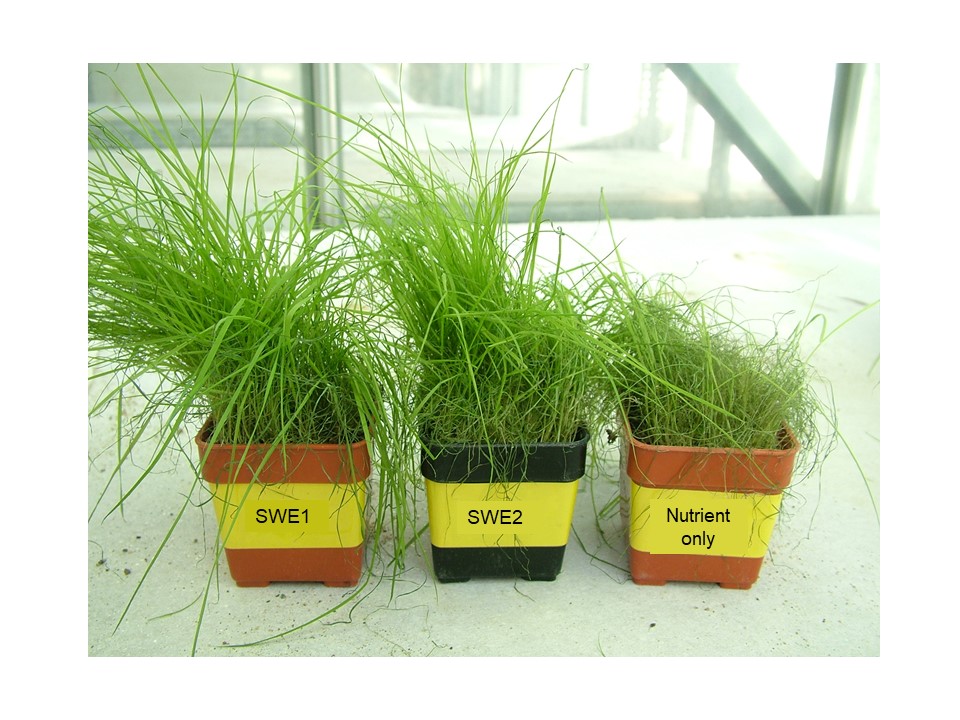
Plate 3: Response of creeping bentgrass to drought stress. SWE1 and SWE2 (sprayed with cold processed seaweed extracts) and nutrient only (no treatment).
A final point to make regarding use of biostimulants concerns expectations. Sometimes users are disappointed with the apparent lack of effect after biostimulant application. However, experience has shown that the most obvious responses to biostimulant treatment are seen in poorly performing turf or when a treated turf is impacted by disease or extreme environmental conditions. Increasingly farmers see biostimulants as a “biological insurance”, evidenced by the observation that they are the fastest growing sector in the agriculture market.
Increasingly, our industry has been embracing this technology, but the effective use these tools will require a better understanding of how and where they work as well as collaboration between researchers, producers and most importantly, end users. Clearly it can be much easier to define biostimulant action than to define a biostimulant and even though our industry may never share a common understanding and definition of biostimulants, it will be those organisations that focus on defining and gaining a clear understanding of biostimulant action who will be the industry leaders and innovators.
Written by: Richard Salvage (CEO at Maxstim) and Colin Fleming (Chief Scientific Officer at Maxstim).
Maxstim Limited has developed a reputation as a leader in plant biostimulant design and manufacture. Its growth is built on a robust scientific approach with an ambitious research and development programme.
